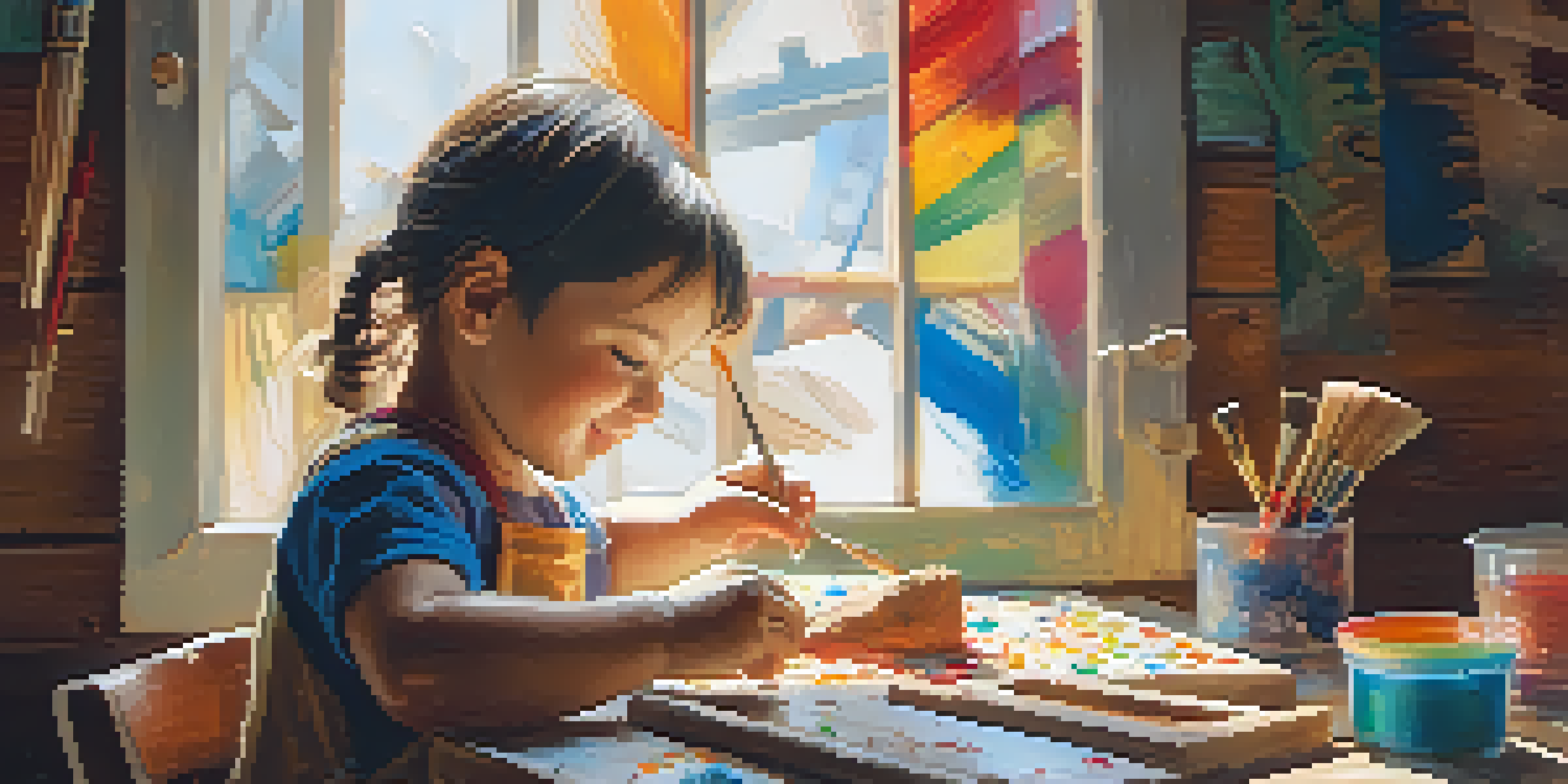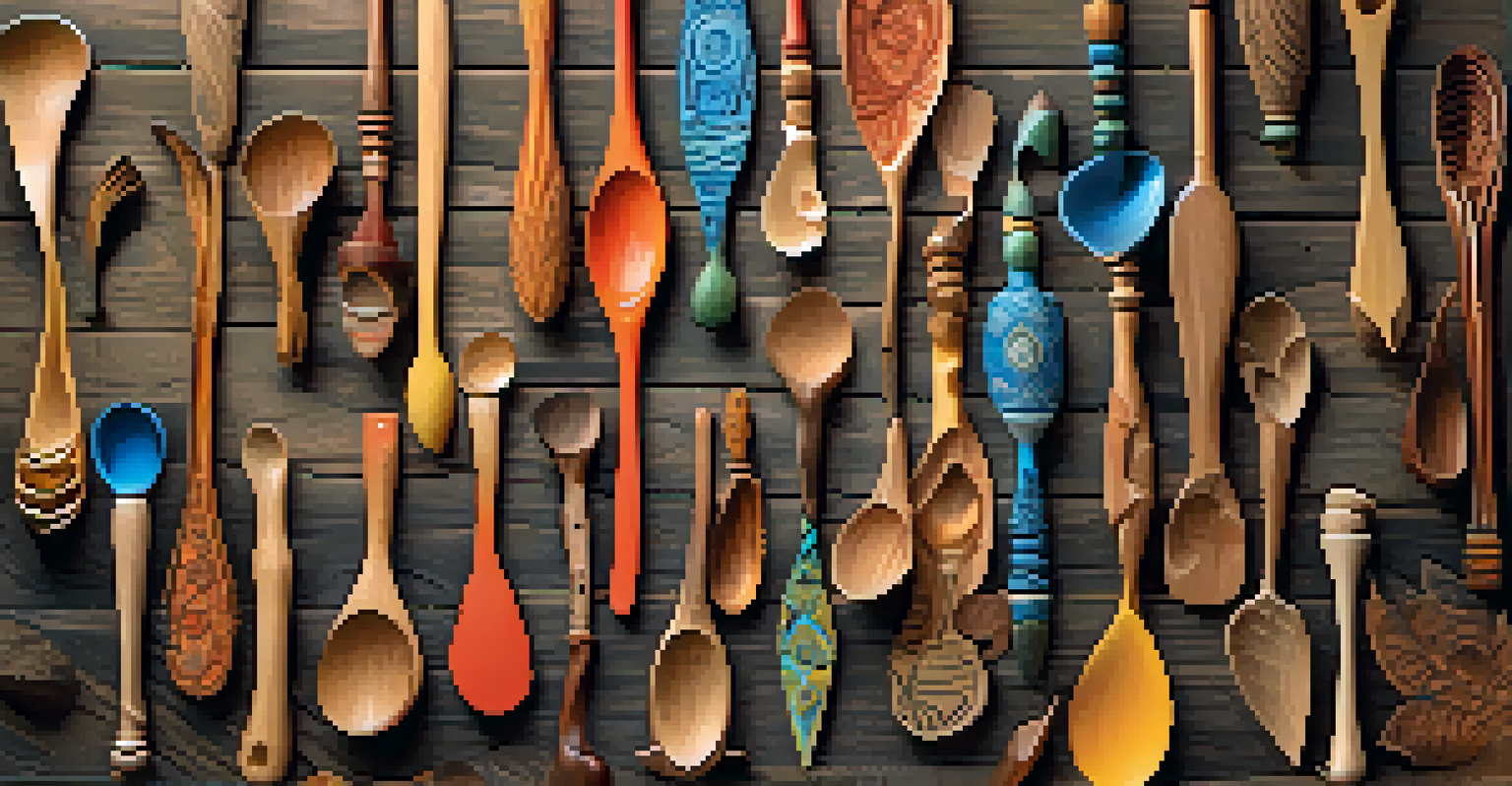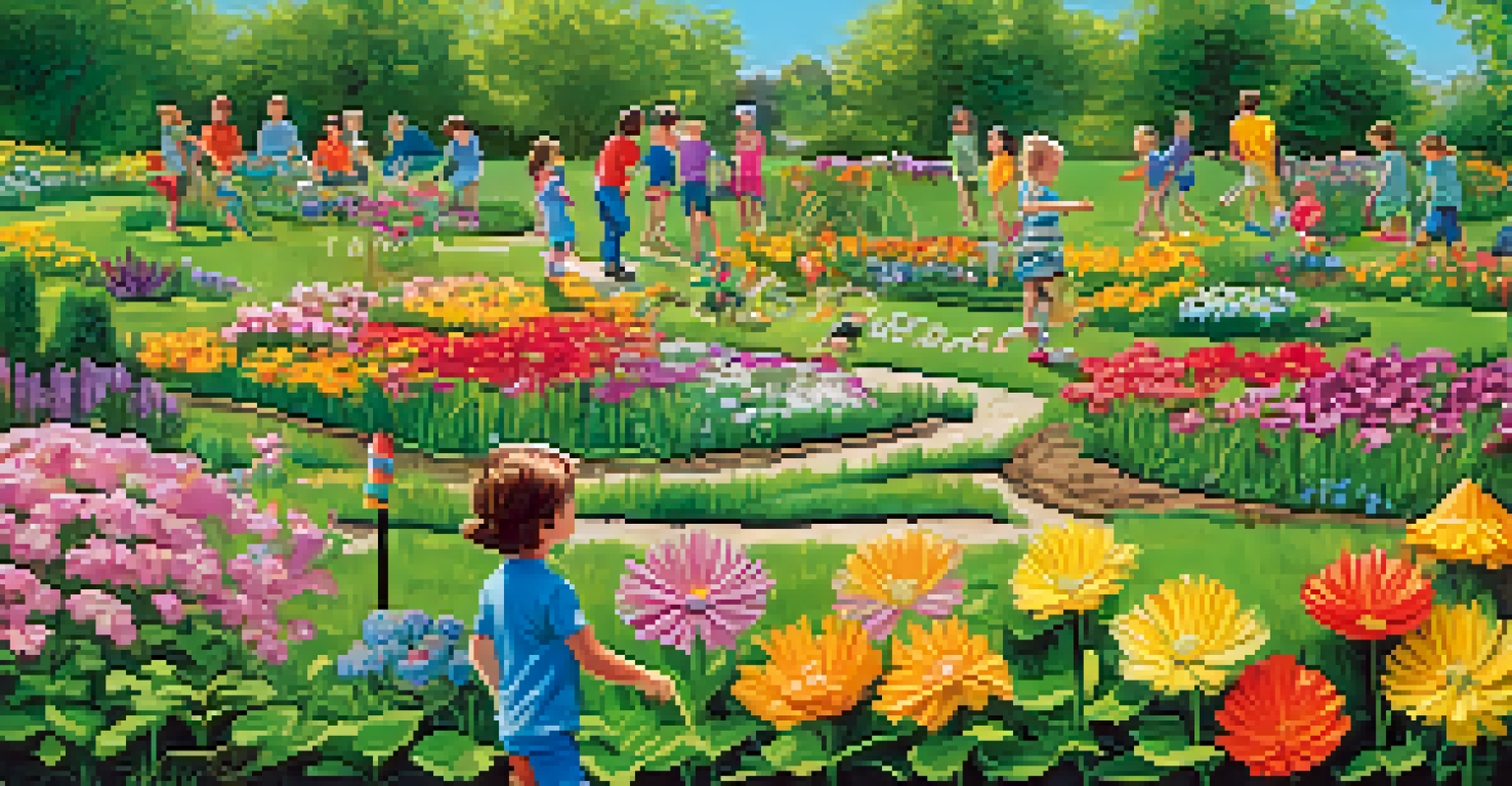Creative Ideas for Kids' Carving Projects Using Softwood

Understanding Softwood and Its Benefits for Carving
Softwood, like pine or cedar, is an excellent choice for kids' carving projects. Its lightness makes it easy to handle, and it carves smoothly, allowing for creative expression. This type of wood is also generally more forgiving than hardwood, which is important for young carvers still mastering their skills.
Every child is an artist. The problem is how to remain an artist once we grow up.
One of the benefits of using softwood is its availability and affordability. Many craft stores and lumber yards carry it, and you can even find scrap pieces. This makes it accessible for families who want to explore their artistic side without a hefty investment.
Moreover, softwood is often less prone to splintering, which helps keep kids safe as they carve. Using the right tools and supervision, children can engage in a rewarding hands-on experience that enhances their creativity and motor skills.
Simple Animal Figurines: A Great Starter Project
Creating animal figurines is a delightful way for kids to start carving with softwood. Simple shapes like birds or turtles allow them to practice basic techniques while bringing their favorite creatures to life. They can sketch their design on the wood before they start, which adds an extra layer of creativity.

Encouraging kids to personalize their animal figurines with paint or natural finishes can make the process even more engaging. They can use bright colors or leave the wood natural for a rustic look. This customization helps them feel proud of their creations and encourages artistic exploration.
Softwood: Ideal for Kids' Carving
Softwood's lightweight and forgiving nature makes it perfect for young carvers, enhancing their creativity and motor skills.
Additionally, this project can spark conversations about wildlife and nature, making it an educational experience as well. Parents can turn it into a learning moment by discussing the animals' habitats, diets, and behaviors, integrating art with science.
Creating Unique Wooden Spoons: A Functional Art Piece
Crafting wooden spoons can be both fun and functional, making it a fantastic carving project for kids. Teaching them to carve spoons not only hones their skills but also gives them a useful item they can use in the kitchen. With the right guidance, they can create spoons that are perfect for stirring or serving.
Art is not what you see, but what you make others see.
Kids can experiment with different shapes and sizes, making each spoon unique. They can try creating a shallow spoon for soup or a deeper one for serving. This variety allows for creativity while also practicing their carving techniques, making it an excellent hands-on learning experience.
Moreover, once the spoons are carved, kids can enjoy the satisfaction of using their creations. They can decorate them with food-safe finishes or paint, which adds a personal touch. This project not only fosters creativity but also encourages kids to appreciate craftsmanship.
Fun with Nature: Carving Simple Plant Markers
Carving plant markers is a wonderful way for kids to blend art with gardening. By carving simple shapes and letters on softwood sticks, they can create personalized markers for their plants. This project encourages them to think about nature and the importance of plants in our lives.
The process is straightforward—kids can carve the names of herbs or flowers they are growing. They can even decorate the markers with images or colors that represent the plant. This adds a creative element, making gardening an interactive and artistic hobby.
Fun Projects Spark Creativity
Simple carving projects like animal figurines and wooden spoons allow kids to express themselves while learning essential skills.
Additionally, this project can lead to discussions about gardening and plant care. Parents can help children understand the different plants, their uses, and how to take care of them, making it an enriching experience that goes beyond carving.
Creating Whimsical Wall Art with Carved Designs
Kids can unleash their creativity by carving whimsical designs for wall art. Using softwood, they can create shapes like stars, hearts, or even abstract designs that can be painted and hung on a wall. This project allows children to express their personality and style in their living space.
They can start by sketching their design on paper and then transferring it to the wood. As they carve, they can experiment with textures and patterns, turning the wood into a unique piece of art. This encourages not just carving skills but also design thinking and planning.
Once the carving is complete, kids can paint their creations in vibrant colors or apply stains for a natural look. This final touch gives them a sense of ownership and accomplishment, as they can proudly display their art for everyone to see.
Carving Simple Toys: A Creative Playtime Project
Creating simple toys can be a joyful project that merges creativity with play. Kids can carve small cars, animals, or even figures that they can use in imaginative play. This not only allows them to practice their carving skills but also provides them with a toy they made themselves.
They can start with basic shapes and gradually add more details as their skills improve. For example, carving a block into a car shape can be the first step, and then they can add wheels or paint details later. This progression keeps the project exciting and encourages them to challenge themselves.
Safety First in Carving Activities
Ensuring proper supervision and using age-appropriate tools is crucial for keeping kids safe during their carving adventures.
Moreover, once their toys are complete, kids can engage in storytelling or role-playing, bringing their creations to life. This aspect of play fosters creativity in multiple ways, making the project not just about carving but also about imaginative exploration.
Engaging in Group Projects: Fun with Friends and Family
Carving projects can become even more enjoyable when done as a group activity with friends or family. Organizing a carving day can foster social skills while encouraging collaboration and sharing ideas. This communal approach can lead to unique projects that blend different styles and techniques.
Kids can work together on a larger project, such as creating a garden bench or a decorative sign for their home. This not only teaches them teamwork but also allows them to learn from each other’s strengths and creative ideas. Plus, it can create lasting memories as they bond over a shared experience.

After completing their projects, families can host an exhibition to showcase their creations, celebrating everyone’s hard work. This can be a fun way to appreciate each other’s efforts and encourage further creativity, fostering a supportive environment for artistic expression.
Safety Tips for Kids When Carving with Softwood
Safety is paramount when kids are engaging in carving projects. It’s essential to supervise them closely and provide age-appropriate tools that are designed for young hands. Using softwood helps reduce the risk of injury, but proper guidance is still crucial to ensure a safe carving environment.
Teaching kids about the importance of tool safety is a great first step. They should learn to hold carving knives properly and understand how to carve away from their bodies. This not only helps prevent accidents but also instills a sense of responsibility regarding the tools they’re using.
Finally, setting up a designated carving area can help keep the process organized and safe. Having a clean workspace and using protective gear, like gloves or goggles, can further enhance safety. By prioritizing safety, kids can focus on enjoying their creative projects without unnecessary worry.